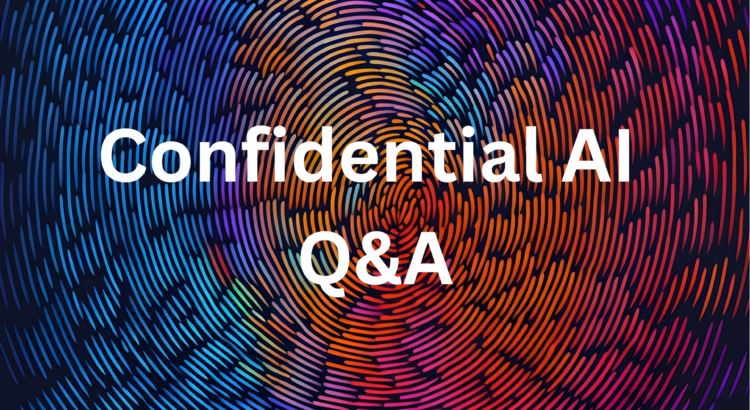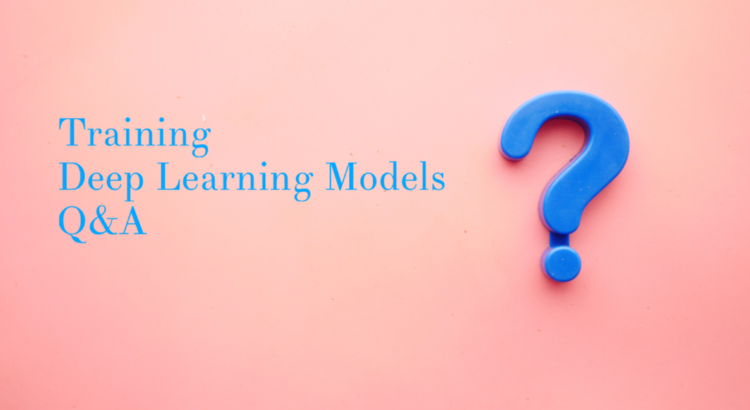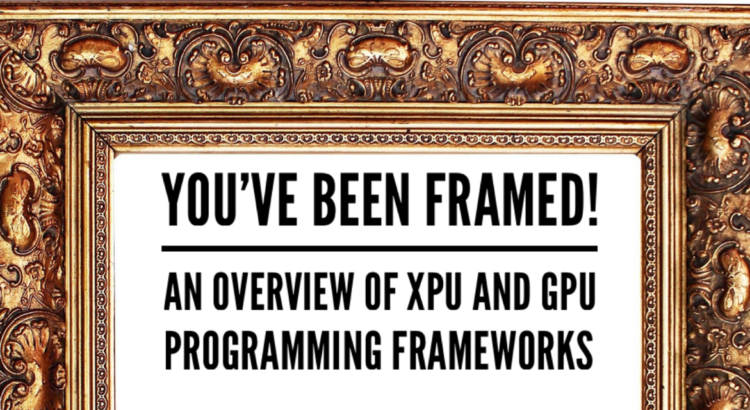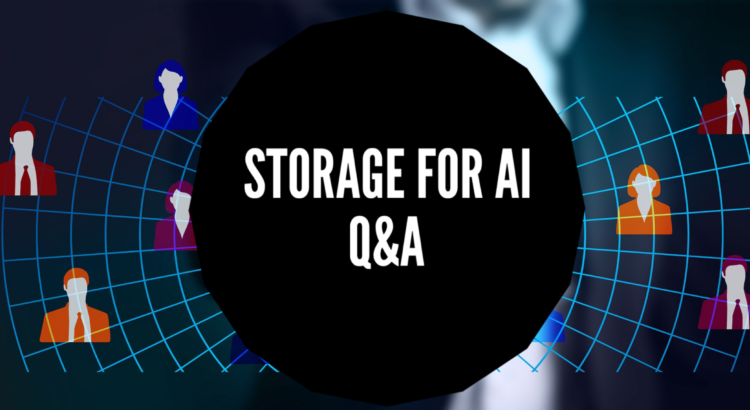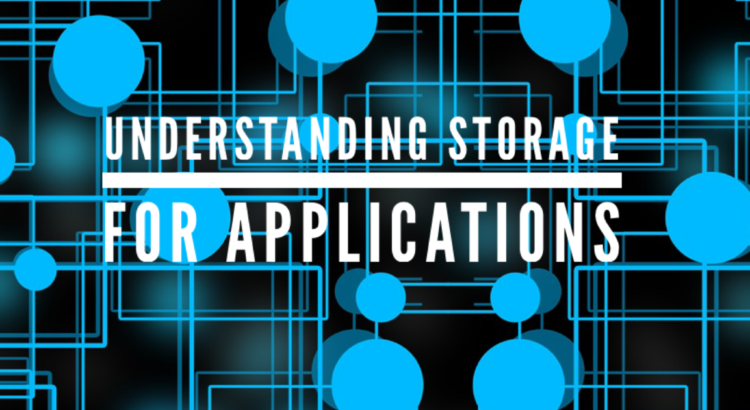The estimated impact of Deep Learning (DL) across all industries cannot be understated. In fact, analysts predict deep learning will account for the majority of cloud workloads, and training of deep learning models will represent the majority of server applications in the next few years. It’s the topic the
SNIA Cloud Storage Technologies Initiative (CSTI) discussed at our webinar “
Training Deep Learning Models in the Cloud.” If you missed the live event, it’s available on-demand at the
SNIA Educational Library where you can also download the presentation slides.
The audience asked our expert presenters, Milind Pandit from Habana Labs Intel and Seetharami Seelam from IBM several interesting questions. Here are their answers:
Q. Where do you think most of the AI will run, especially training? Will it be in the public cloud or will it be on-premises or both
[Milind:] It’s probably going to be a mix. There are advantages to using the public cloud especially because it’s pay as you go. So, when experimenting with new models, new innovations, new uses of AI, and when scaling deployments, it makes a lot of sense. But there are still a lot of data privacy concerns. There are increasing numbers of regulations regarding where data needs to reside physically and in which geographies. Because of that, many organizations are deciding to build out their own data centers and once they have large-scale training or inference successfully underway, they often find it cost effective to migrate their public cloud deployment into a data center where they can control the cost and other aspects of data management.
[Seelam]: I concur with Milind. We are seeing a pattern of dual approaches. There are some small companies that don’t have the right capital necessary nor the expertise or teams necessary to acquire GPU based servers and deploy them. They are increasingly adopting public cloud. We are seeing some decent sized companies that are adopting this same approach as well. Keep in mind these GPU servers tend to be very power hungry and so you need the right floor plan, power, cooling, and so forth. So, public cloud definitely helps you have easy access and to pay for only what you consume. We are also seeing trends where certain organizations have constraints that restrict moving certain data outside their walls. In those scenarios, we are seeing customers deploy GPU systems on-premises. I don’t think it’s going to be one or the other. It is going to be a combination of both, but by adopting more of a common platform technology, this will help unify their usage model in public cloud and on-premises.
Q. What is GDR? You mentioned using it with RoCE.
[Seelam]: GDR stands for GPUDirect RDMA. There are several ways a GPU on one node can communicate to a GPU on another node. There are three different ways (at least) of doing this:
The GPU can use TCP where GPU data is copied back into the CPU which orchestrates the communication to the CPU and GPU on another node. That obviously adds a lot of latency going through the whole TCP protocol.
Another way to do this is through RoCEv2 or RDMA where CPUs, FPGAs and/or GPUs actually talk to each other through industry standard RDMA channels. So, you send and receive data without the added latency of traditional networking software layers.
A third method is GDR where a GPU on one node can talk to a GPU on another node directly. This is done through network interfaces where basically the GPUs are talking to each other, again bypassing traditional networking software layers.
Q. When you are talking about RoCE do you mean RoCEv2?
[Seelam]: That is correct I’m talking only about RoCEv2. Thank you for the clarification.
Q. Can you comment on storage needs for DL training and have you considered the use of scale out cloud storage services for deep learning training? If so, what are the challenges and issues?
[Milind]: The storage needs are 1) massive and 2) based on the kind of training that you’re doing, (data parallel versus model parallel). With different optimizations, you will need parts of your data to be local in many circumstances. It’s not always possible to do efficient training when data is physically remote and there’s a large latency in accessing it. Some sort of a caching infrastructure will be required in order for your training to proceed efficiently. Seelam may have other thoughts on scale out approaches for training data.
[Seelam]: Yes, absolutely I agree 100%. Unfortunately, there is no silver bullet to address the data problem with large-scale training. We take a three-pronged approach. Predominantly, we recommend users put their data in object storage and that becomes the source of where all the data lives. Many training jobs, especially training jobs that deal with text data, don’t tend to be huge in size because these are all characters so we use object store as a source directly to read the data and feed the GPUs to train. So that’s one model of training, but that only works for relatively smaller data sets. They get cached once you access the first time because you shard it quite nicely so you don’t have to go back to the data source many times. There are other data sets where the data volume is larger. So, if you’re dealing with pictures, video or these kinds of training domains, we adopt a two-pronged approach. In one scenario we actually have a distributed cache mechanism where the end users have a copy of the data in the file system and that becomes the source for AI training. In another scenario, we deployed that system with sufficient local storage and asked users to copy the data into that local storage to use that local storage as a local cache. So as the AI training is continuing once the data is accessed, it’s actually cached on the local drive and subsequent iterations of the data come from that cache. This is much bigger than the local memory. It’s about 12 terabytes of cache local storage with the 1.5 terabytes of data. So, we could get to these data sets that are in the 10-terabyte range per node just from the local storage. If they exceed that, then we go to this distributed cache. If the data sets are small enough, then we just use object storage. So, there are at least three different ways, depending on the use case on the model you are trying to train.
Q. In a fully sharded data parallel model, there are three communication calls when compared to DDP (distributed data parallel).
Does that mean it needs about three times more bandwidth?
[Seelam]: Not necessarily three times more, but you will use the network a lot more than you would use in a DDP. In a DDP or distributed data parallel model you will not use the network at all in the forward pass. Whereas in an FSDP (fully sharded data parallel) model, you use the network both in forward pass and in backward pass. In that sense you use the network more, but at the same time because you don’t have parts of the model within your system, you need to get the model from the other neighbors and so that means you will be using more bandwidth. I cannot give you the 3x number; I haven’t seen the 3x but it’s more than DDP for sure.
The SNIA CSTI has an active schedule of webinars to help educate on cloud technologies. Follow us on Twitter
@SNIACloud and sign up for the
SNIA Matters Newsletter, so that you don’t miss any.
